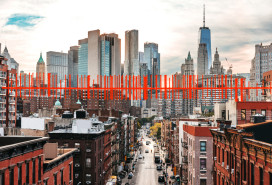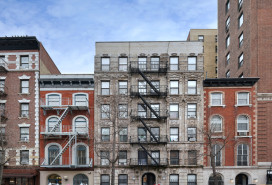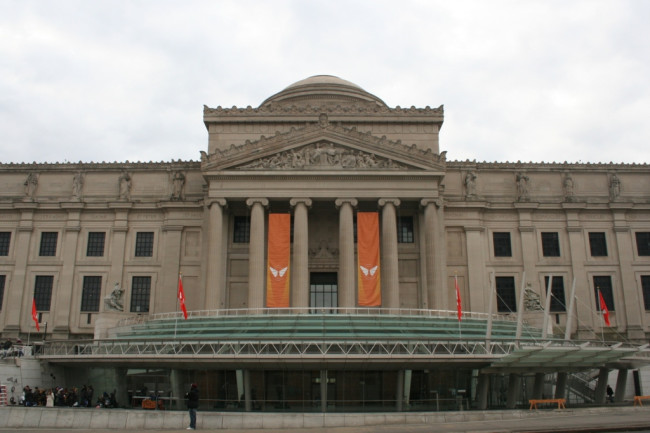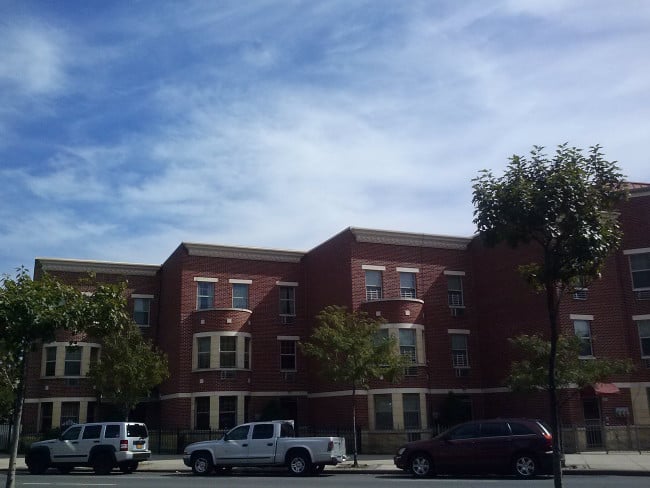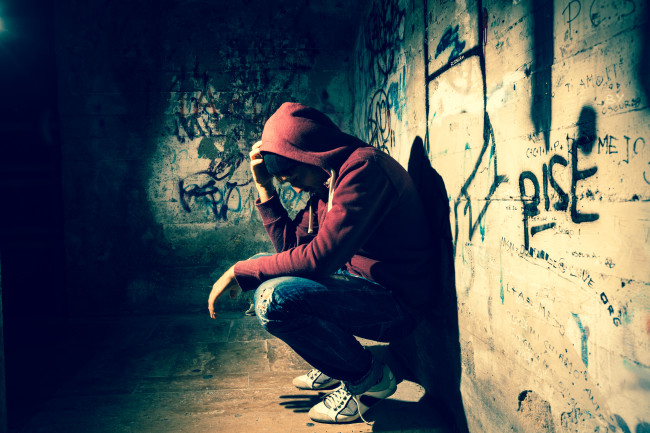Life expectancy is up in NYC--but health still varies significantly by neighborhood
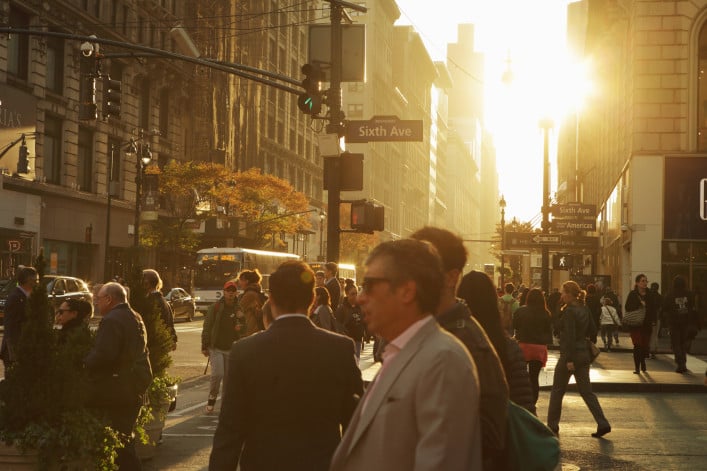
If you live in New York City, you stand a good chance of living longer. (And no, this isn't a joke.) According to the NYC Department of Health, which just released a Summary of Vital Statistics report giving an overview of the city's health by looking at metrics like birth and death rates and pregnancy outcomes, over the past decade, life expectancy is up to a citywide average of 81.2 years, an increase of a year and a half.
Fewer New Yorkers are dying prematurely (defined as before age 65)—a decline of 18.9 percent since 2006—and the infant mortality rate decreased by over 27 percent since that same time. And one of the biggest changes of all was to the teen birth rate, which went down by 46.8 percent.
That said, health outcomes for New Yorkers vary significantly depending on where they live, and residents of lower-income neighborhoods have lower life expectancies than those in more affluent ones.
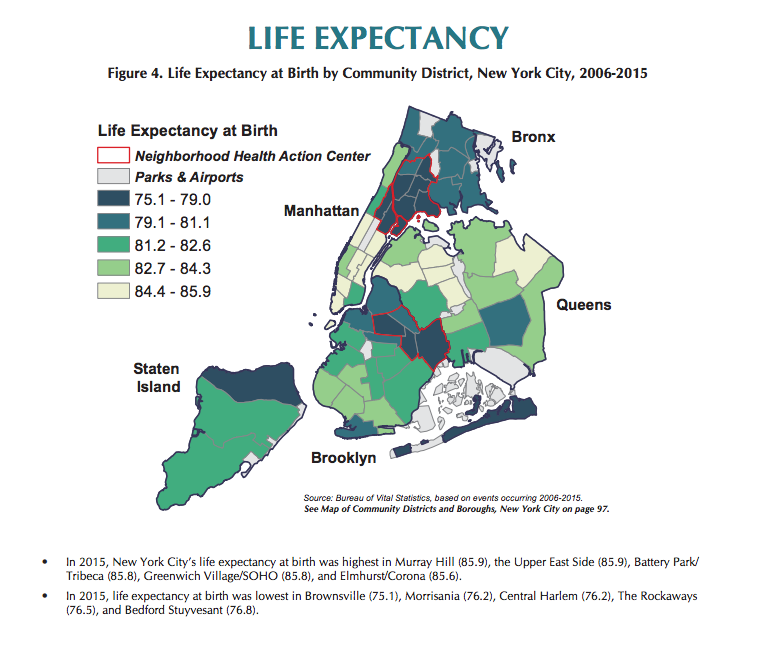
The disparity is particulary striking when looking at Manhattan: Upper East Siders enjoy the highest life expectancy in the city—85.9 years—while directly to the north in East Harlem, the life expectancy is only 77.3. And in Brownsville, Brooklyn, it's the lowest, at only 75.1 years.
As Brick previously reported, half of Brownsville's children live in poverty; the Citizens Committee for Children found that relative to the rest of the city, a high proportion of Brownsville mothers received late or no prenatal care, and residents broadly reported lacking adequate health care.
In a 2015 community health profile, Dr. Mary Bassett, commissioner of the New York City Department of Health and Mental Hygiene, noted Brownsville's short life expectancy, writing, "And this is not because residents of Brownsville are dying of unusual diseases, but because they are dying of the same diseases—mostly heart disease and cancer—at younger ages and at higher rates."
The Department of Health seems to be trying to get ahead of the problem. Last month, ABC reports, the city opened a neighborhood health action center in East Harlem that offers primary, maternity, dental, and mental health care to locals, regardless of their ability to pay. Thanks to $3 million in funding from the city, construction is underway at additional facilities in Brownsville and Tremont in the Bronx, which will also provide subsidized space for community programming.
In NextCity, Dr. Bassett writes that these centers are part of an older tradition, dating back to the early 1900s when the city opened similar facilities in response to outbreaks of illness in crowded immigrant neighborhoods. If those health centers of the past are any indication, there's reason for optimism: Back then, after a center opened in East Harlem, the neighborhood's death rate decreased even faster than the rest of city's did.
You Might Also Like









